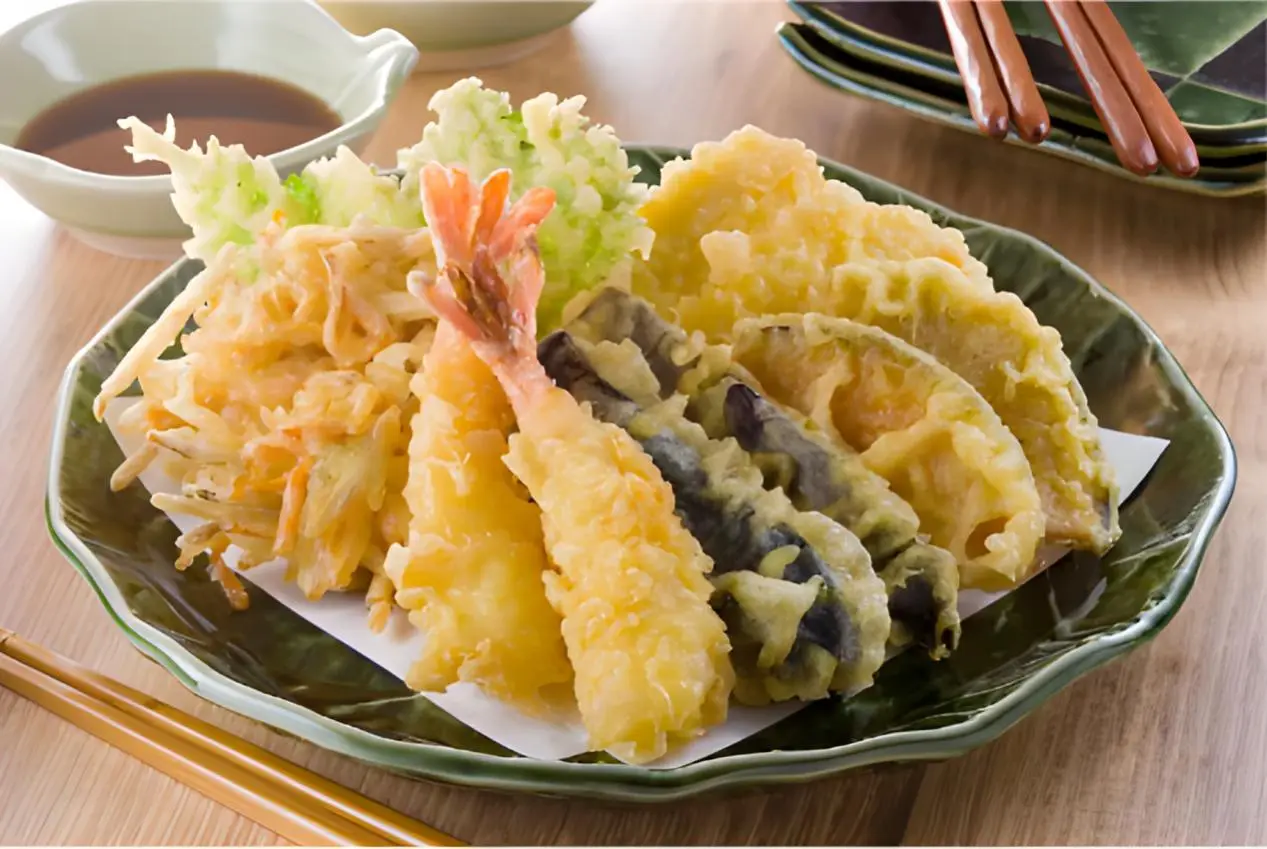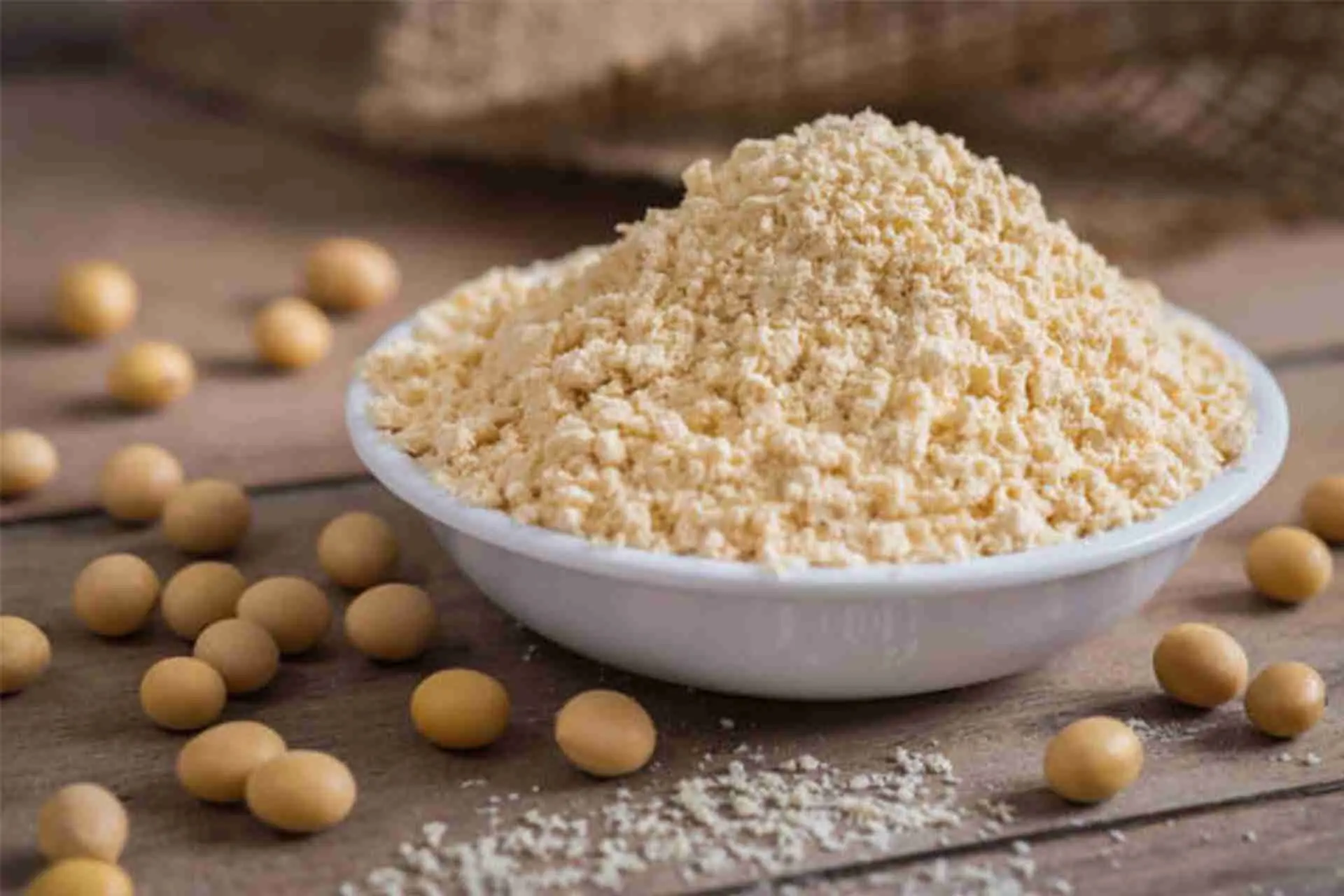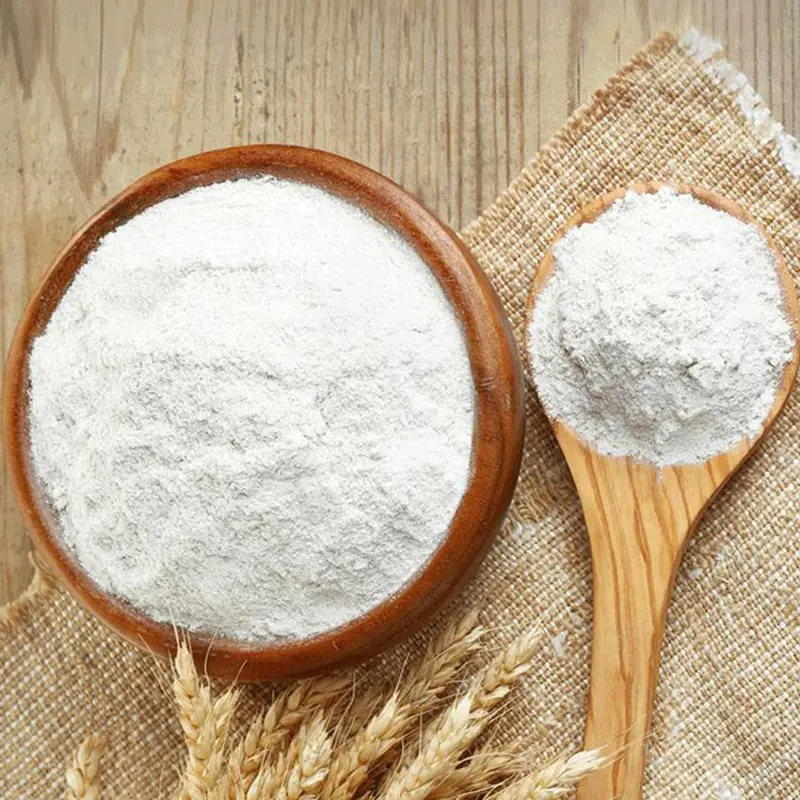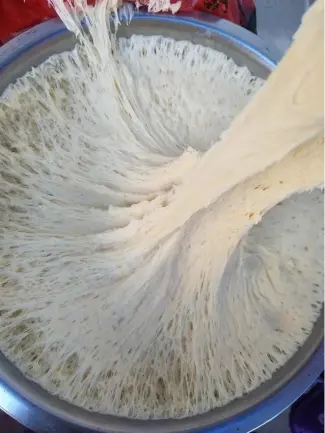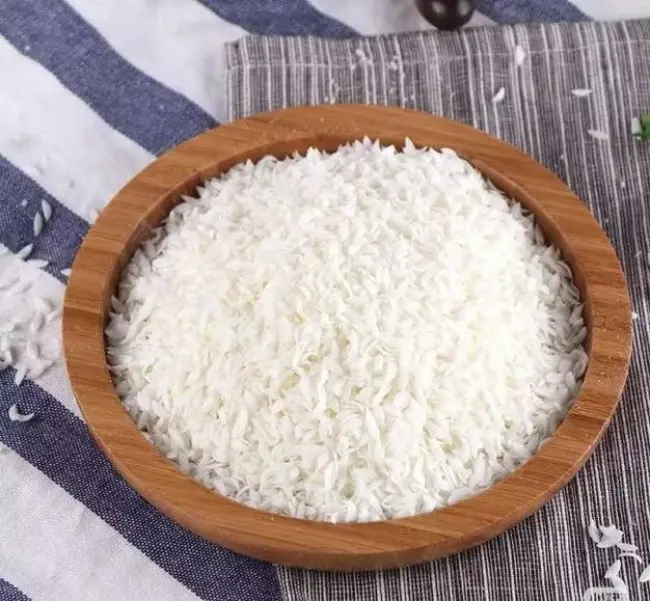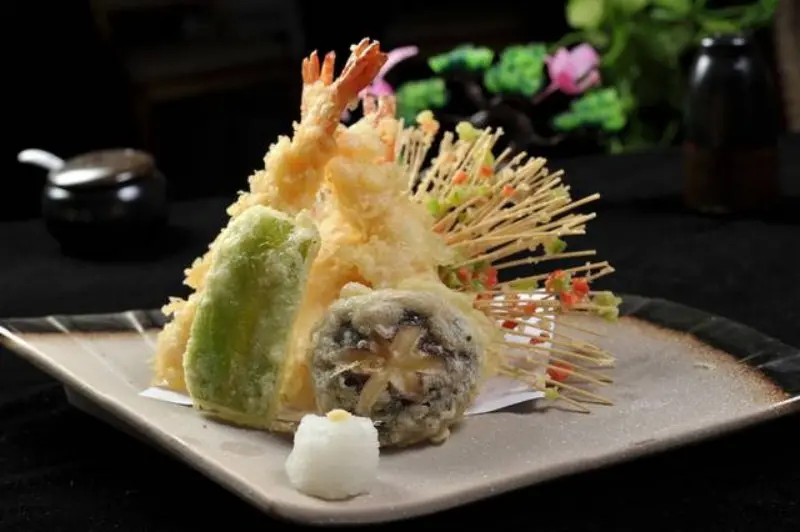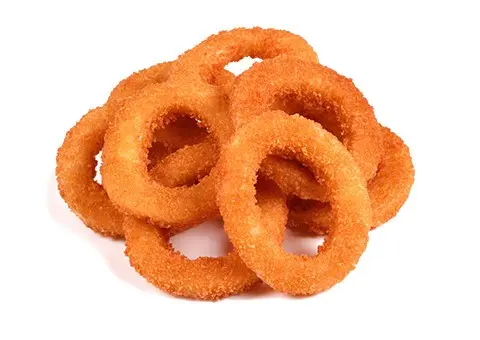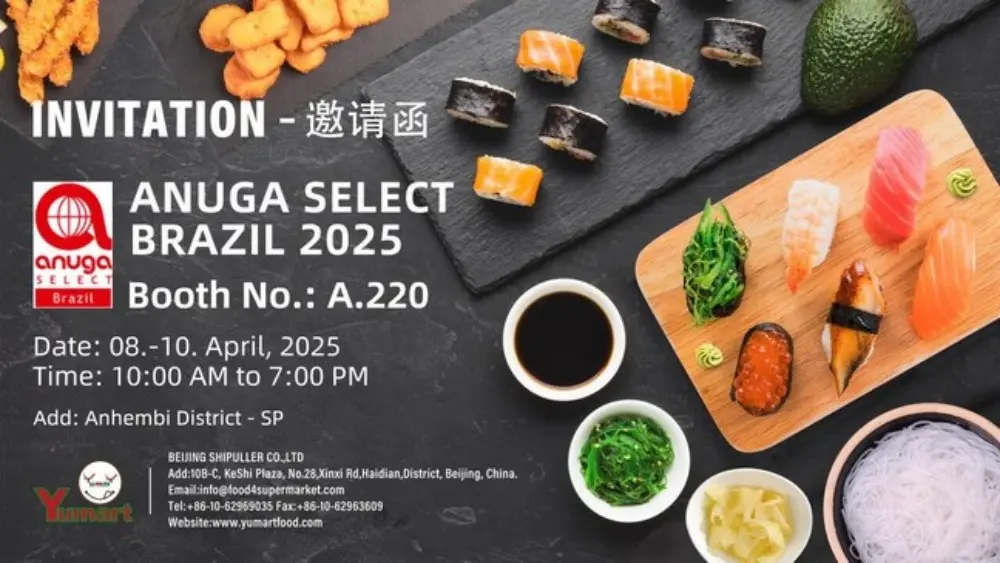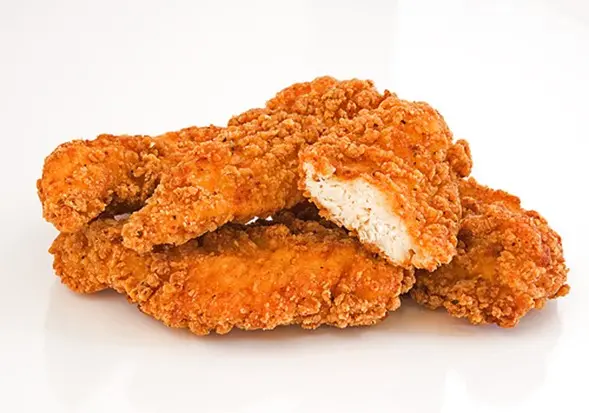Several Small Methods to Reduce the Oil Content of Oil Products
Fried foods are very popular among consumers at home and abroad, and there are many types, mainly Fried noodles, Fried meat products, Fried fruits and vegetables, and Fried seafood. As people's health awareness increases, many consumers are worried that eating too much Fried food is prone to heart disease, colorectal cancer and other diseases. This phenomenon has attracted great attention from practitioners. On the other hand, the higher the oil absorption of Fried foods, the greater the water loss, which has an impact on the quality and cost of the product. How to eliminate consumers' rejection of Fried foods, further reduce costs, and improve product quality requires controlling the oil content of Fried foods.

Requirements for raw materials
1.The influence of raw material ingredients on the oil content of Fried products
Fried noodles generally require the content of wet gluten (content and ratio of glutenin and glutenin) in flour to be 32% to 34%. If the content is low, the internal structure of the noodles is poor, the pressed noodles are easy to rot, the surface of the noodles is not smooth after cutting, and the internal structure is poor, and the oil seepage inside the noodles will increase during frying. Flour with an ash content below 0.6%. The higher the ash content in flour, the lower the quantity and quality of its wet gluten, which also increases the oil content of Fried products.
The greater the relative density of starch Fried product raw materials, the lower the oil content of the product. The frying process is the process of evaporation of water inside the raw material and infiltration of oil. When frying, the surface of the raw material cells is dehydrated, and the oil molecules will enter the gaps in the cells. Therefore, the greater the relative density of the raw material, the greater the dry matter content, the relatively small water content of the raw material, the smaller the space that the oil molecules can occupy in the raw material during frying, and the oil content of the product is low.
2. Raw material water content and thickness
The water content of the raw material before frying is closely related to the oil absorption rate of the product. Studies have shown that as the moisture content of the raw material gradually decreases, the oil absorption rate of the product will continue to increase, and the two are linearly negatively correlated. Raw materials with high moisture content take longer to transfer moisture from the inside to the outside during frying, and the moisture is oleophobic, which increases the resistance of oil molecules entering the food, and the oil content decreases within the same frying time. However, the high moisture content will cause bubbles on the surface of the product during frying, and more oil will remain in the bubbles, which will not only affect the appearance of the product, but also increase the oil consumption and shorten the shelf life of the product. Therefore, the moisture content of the raw materials must be controlled within an appropriate range.
The research results show that as the thickness of the raw materials of Fried products such as sweet potato chips and noodles increases, the oil content decreases after frying, and there is a linear negative correlation between the oil absorption rate and its thickness. However, if the thickness is too large, the frying time will be prolonged and the product quality will be affected. Therefore, considering the control of oil content and product quality, a more appropriate thickness should be selected.
3. Frying process
Reducing the oil absorption rate of Fried foods and controlling the frying time is a basic method and the easiest method to control. The oil absorption rate of the product increases with the extension of the frying time. The process of frying food is essentially a process of heat and mass transfer. When the material is placed in high-temperature oil, the surface moisture evaporates first, and then the starch begins to gelatinize to form a messy small molecule structure. They will further cross-link to form a tight structure to prevent the overflow of internal moisture and the entry of external oil.
Studies have shown that the oil absorption rate of potato chips during frying is independent of the oil temperature at 145-200°C. Within this temperature range, the oil content of Fried foods is linearly positively correlated with the square root of the frying time. The longer the product stays in the oil, the more oil will penetrate into the product. It can be seen that under the premise of ensuring the quality of Fried foods, the frying time should be shortened as much as possible, which not only saves energy but also reduces the oil absorption rate.
With the above methods, you can enjoy delicious food while staying healthy.
Contact
Arkera Inc.
Email: info@cnbreading.com
WhatsApp: +86 136 8369 2063
Web: https://www.cnbreader.com/

